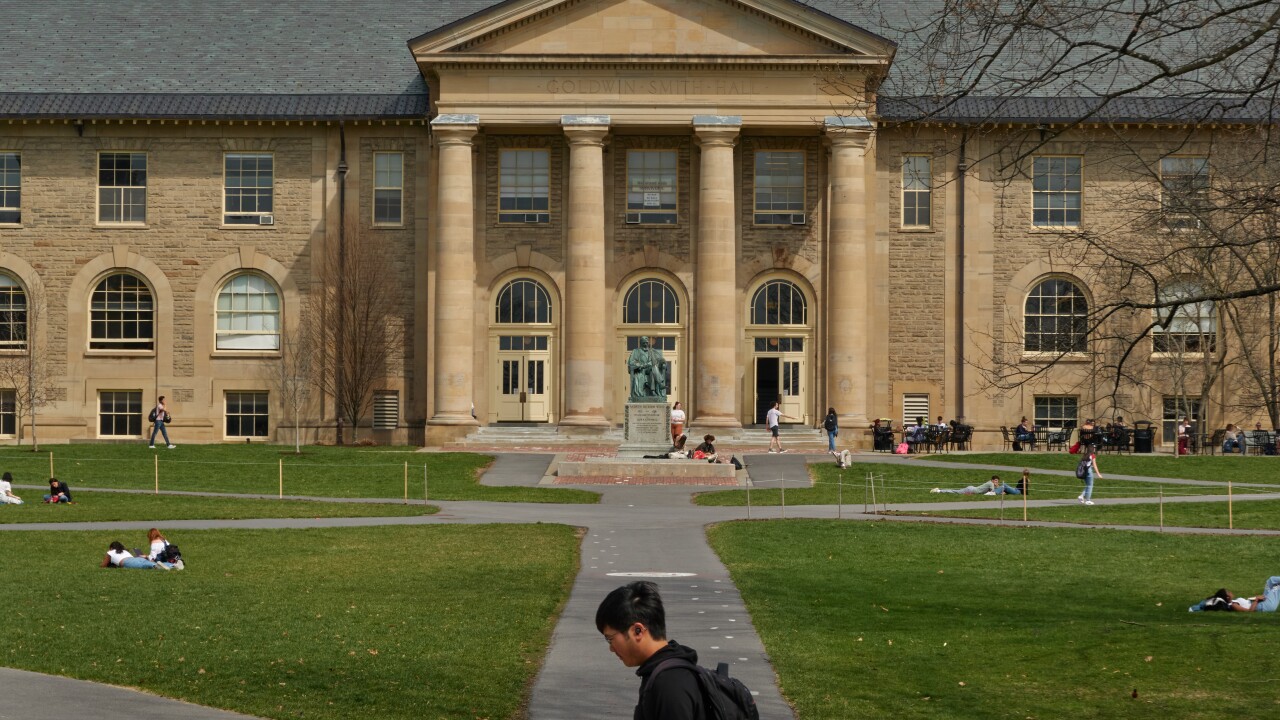California budget watchers, who were bracing for another series of cuts to close the state's now $44.9 billion deficit, saw those fears realized when the governor released his May budget revisions.
The state needs to solve deficits projected for the next two years, not just this year, California Gov. Gavin Newsom said Friday during his annual May budget revision briefing.

"The need to right-size expenditures to revenue is self-evident as we announced in January and will be updating here," Newsom said. "We are not looking at the budget year. We are looking at the budget year, plus one."
Newsom's May revision annually comes ahead of intense budget discussions with lawmakers lasting through their June 15 budget approval deadline. He then has until July 1 to sign it.
In April
The governor's revised $288.1 billion spending plan closes both the remaining $28.6 billion budget shortfall, (which includes an additional $6.9 billion on top of the
The governor's estimated shortfall and the Legislative Analyst's Office's expectations have differed by roughly $30 billion.
The LAO has projected a $73.3 billion shortfall, which takes into account such items as $15 billion in lowered revenues headed for the state's Proposition 98 funding for schools and $13 billion less in projected revenues.
Newsom repeated several times he will not raise taxes to close the shortfall, nor will he lay off or furlough state employees. The plan would cut 10,000 vacant positions.
The plan cuts one-time spending by $19.1 billion and ongoing spending by $13.7 billion from the fiscal year 2024-25 budget under consideration and the 2025-26 budget. The governor will also continue a model he began last year, of shifting some projects, including the legislature's annex project in Sacramento, from cash to bond funding.
When revenue growth materializes, Newsom said he has highlighted seven items in his May revise, he would like lawmakers to prioritize.
"They are triggers that we worked with the legislature on, so if, and when, money comes in, we would prioritize these things first," Newsom said. "Why are we doing this? Because we have a math problem. We could eliminate our expansion to healthcare, and we could do furloughs and layoffs, but I don't want to do those things."
There were 260 different program reductions included in the May revise.
Newsom highlighted nine as cuts to one-time expenditures including a $2 billion cut to the state's middle-mile broadband program, $500 million to water storage and $500 million in grants to his signature transitional kindergarten program. He said the cuts to broadband won't lessen the reach to rural areas, because the program's goals will be achieved through efficiencies. The state's
As to how the state got into this position, after two years of record surpluses post pandemic, Newsom partly blamed the Gann Limit trigger that sent tax rebates to residents and the state's notorious dependence on capital gains.
To demonstrate again the state's boom or bust budget phenomenon credited to its reliance on income taxes and particularly on those from its wealthier residents who derive much income from capital gains, Newsom displayed charts highlighting the resulting volatility in state revenues.
In 2021, the stock market (especially tech stocks important to California's economy) boomed and the state collected significant tax revenue leading to a $97.5 billion surplus. Following a 2022 market downturn, the state collected significantly less taxes than projected. And while the market bounced back by late 2023, the state continued to collect less tax revenue than projected in part due to "capital loss carryover," which allows losses from previous years to reduce how much an individual is taxed.
The forecasts for last year's budget were also impacted by the Internal Revenue Services' decision to allow 99% of the state's taxpayers to delay filing until Nov. 16. The timing of the May revise comes after the April 15 filing deadline to give the governor an opportunity to make changes his budget with more concrete numbers.
Newsom also plans to introduce a trailer bill to speed up negotiations with home insurers to lower rates and bring back insurers who left the state. He would like to see it accomplished in 60 days, not in December as proposed by Insurance Commissioner Ricardo Lara, he said.





